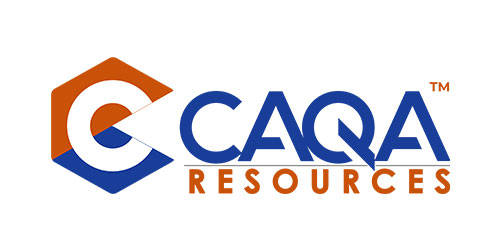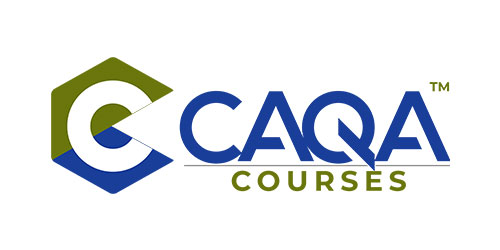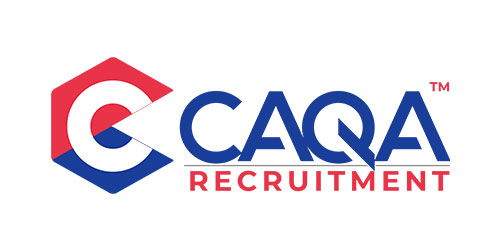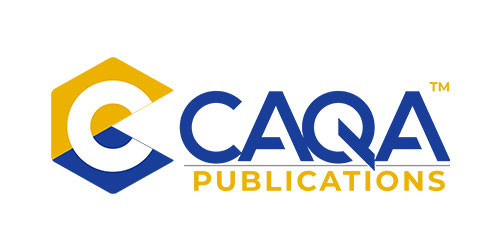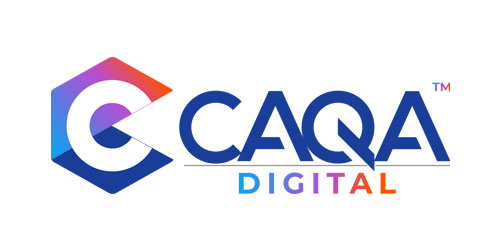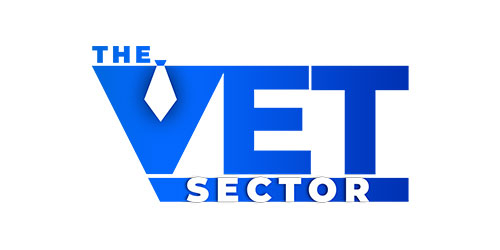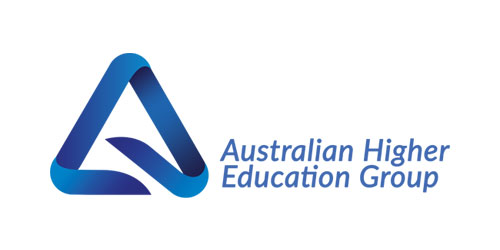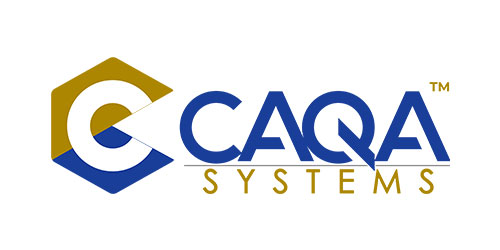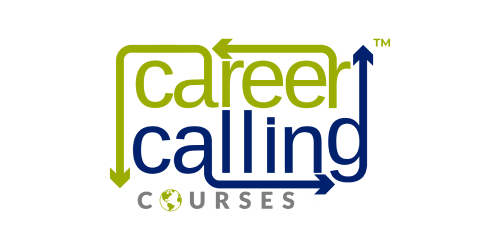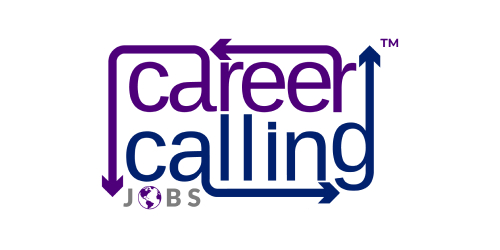
News
The training packages are updated on a regular basis to ensure that they continue to meet industry and regulatory requirements. Training organisations are expected to perform a significant amount of maintenance work when there is a transition to a new package. The failure to manage transition planning can have negative consequences for your training organisation, students, and regulatory status.
VET stakeholders benefit when learners are trained, assessed, and awarded AQF certification documentation in the currently endorsed or accredited training product unless extraordinary circumstances exist.
When planning the transition from a superseded training product to a current one, you will need information such as:
- The person/s responsible for managing the transition.
- Is the scope updated automatically or does the new training product need to be added to scope.
- Dates to make internal/version changes to updated/new training products and resources.
- The teach-out period for students in the current training product.
- Date for moving/transitioning current students to the new training product and the last date for enrolling students in the superseded training product.
- The last date for issuing a qualification or statement of attainment for the superseded product.
- When to stop marketing the superseded, deleted and removed training products.
Always remember the responsibility for compliance sits with the training organisation at all times.
Compliance requirements
The compliance requirements according to SRTOs 2015 – Clauses 1.26 to 1.27—Manage transition from superseded training products state that:
Clause 1.26
Subject to clause 1.27 and unless otherwise approved by the VET Regulator, the RTO ensures that:
where a training product on its scope of registration is superseded, all learners’ training and assessment is completed and the relevant AQF certification documentation is issued or learners are transferred into its replacement, within a period of one year from the date the replacement training product was released on the national register
where an AQF qualification is no longer current and has not been superseded, all learners’ training and assessment is completed and the relevant AQF certification documentation issued within a period of two years from the date the AQF qualification was removed or deleted from the national register
where a skill set, unit of competency, accredited short course or module is no longer current and has not been superseded, all learners’ training and assessment is completed and the relevant AQF certification documentation issued within a period of one year from the date the skill set, unit of competency, accredited short course or module was removed or deleted from the national register
a new learner does not commence training and assessment in a training product that has been removed or deleted from the national register.
Clause 1.27
The requirements specified in clause 1.26 (a) do not apply where a training package requires the delivery of a superseded unit of competency.
Interpretation:
The interpretation of the compliance requirements are:
- The learners (best interests) and regulatory requirements should be the main focus when planning the transition from one training product to another.
- Within 12 months all learners’ training and assessment should be completed and the relevant AQF certification documentation issued where a training product on RTO’s scope gets superseded.
- Or learners should be transferred into its replacement within the same time period.
- In certain extraordinary circumstances or at the regulatory body’s decision, the time period of 12 months can be extended.
- This requirement does not apply where the training product is required to be delivered and assessed as part of a training package.
- Where the AQF qualification is removed or deleted from the national register, the training organisations have two years to complete and the relevant AQF certification documentation to be issued.
- Where the skill set, unit of competency, accredited short course or module is removed or deleted from the national register, the training organisations have one year to complete and the relevant AQF certification documentation to be issued.
- A new learner should not commence training and assessment in the training product that has been removed or deleted.
Terms and definitions
You should know the terminology and definitions used in transition management. Some of these terms are:
Release date/date endorsed: The date when a training product is released and/or updated on the training register.
Replaced/Expired/Deleted: Where a training product has been removed from the national register.
Superseded: When a new training product replaces an existing training product the existing training product is referred to as superseded.
Training Product: AQF qualification, skill set, unit of competency, accredited short course and module.
Transition: When a training product is superseded, removed, or deleted from the National Register, the allowable time frame within which the student’s training, assessment, and AQF certification issuance must be completed, or, in the case of a superseded training product, the allowable time frame within which the student is transitioned into the replacement training product.
Teach out: Describes the timeframe in which a learner’s training, assessment, and AQF certification documentation issuance must be completed once a training product has been superseded, removed, or deleted from the National Register and any transition period has elapsed.
Transition management
You must follow the guidelines and general directions published by the regulatory body when managing the transition.
The first criteria you must consider is – Do you need to apply the training product to your scope or not. If the training product has been deemed equivalent and superseded they are usually added to your scope without separate application. Where a training product is deemed not equivalent the training organisation is required to apply to add the training product to their scope.
You must know that the process for accredited courses is different as they are not automatically updated on RTO’s scope.
You will be now required to:
- Download the new training product – Download information from the national register related to the training product.
- Review qualification packaging rules – Understand the changes being made in the new training product, packaging rules for core and elective units and how they can be selected or grouped together.
- Mapping of units of competency – Analyse the changes being made and how the changes will affect your learner cohorts.
- Have gaps assessment completed – You must conduct gap analysis and gap assessments if you are transitioning students from superseded training product to the current one.
- Have a comprehensive planning tool available to plan the transitioning
- Create an action plan – This can be part of the comprehensive planning tool. You should include scope and teach out decisions, training and assessment document changes, trainer and assessor requirements and changes, operational changes, budget allocation, student management changes, learning management changes, communication and management issues
- Do professional development – It is important for all staff members including administration to know the changes and how they may affect the systems, processes and students.
- Update the policies and procedures – The policy framework and RTO documentation should be updated to reflect the changes.
- When transiting students, analyse the student data and make decisions based on what is in the best interest of your students.
- Analyse how you are going to fill gaps in the assessments and learner resources or invest in compliant RTO training and assessment resources from organisations such as CAQA Resources.
- Update the training and assessment strategies against the new qualifications, taking into account the qualification packaging rules, learner cohort, delivery mode, industry needs and requirements and regulatory standards and guidelines.
- Ensure the training organisation has revised and updated trainer and assessor matrixes and validated the currency of trainers and assessors to train and assess the new training products.
- Wherever required, trainers and assessors to provide documentation of how they can fill the gaps in terms of TAE qualification, VET currency/qualifications that trainers are assessing and training, industry currency and professional development in competency-based systems and practices.
- Understand and ensure your organisation has all the equipment, resources and facilities available according to the training package requirements
- Identify the date when transition will be communicated to the students and other stakeholders
- All third-party documentation must be updated to reflect the changes
- Maintain documentation in safe place as the regulatory body can request you to demonstrate compliance
Learning and assessment resources
You must review your existing learning and assessment resources to understand how the content matches the requirements of the new training product. Wherever you identify gaps you are required to fill them with gap assessments, new training and assessment resources if transiting the students to the new course. If you decide that it is in the best interests for enrolled students to complete their studies in the superseded course, and regulatory requirements allow you, you will not be required to make these changes.
You should customise the content to the needs and requirements of your learner cohort and delivery mode and must also pre-validate the training and assessment resources before you implement them in practice.
Hypothetical scenarios
Let’s go through some of the hypothetical scenarios now to understand what should be done or not in certain circumstances.
Scenario 1
An organisation would like to become an RTO and deliver a few training products that have been recently superseded. The organisational representatives have been preparing the application over the last two years and can not wait any longer.
Outcome:
The regulatory body, in our experience, has always asked for the current training products as the organisations can not register as an RTO to deliver superseded, removed or deleted training products.
Scenario 2
A unit of competency has been superseded by a new unit. The RTO has noticed the change but when they check training.gov.au they realise that the unit has not been updated in the qualification they are delivering and have decided not to replace the superseded unit of competency with the new unit.
Outcome:
The regulatory body has in writing suggested that RTOs should follow the qualification package rules and training package guidelines (Clause 1.27) at all times. If a unit of competency is part of a training package then the RTO cannot change it when it gets superseded.
You can read more information regarding the training products with current transition extensions at Training products with current transition extensions | Australian Skills Quality Authority (ASQA).
Some helpful strategies related to transition management
- Register and get updates from the national register. https://training.gov.au/Account/SignIn?returnUrl=/Home/Tga
- Always include transition management as a set meeting agenda item
- Conduct audits at regular intervals to assess how you are performing.
- Update/prepare marketing materials (including website and social media) and pre-enrolment and admission documents to reflect any changes
- Ensure certificates and all other print materials have the current and correct information.
- Ensure the organisation follows credit and RPL processes when transiting students
- Prepare and/or update validation plans and schedules to reflect the changes
- Ensure your trainers and assessors have currency in their TAE qualification, the VET qualifications they are assessing and training, industry currency and professional development in competency-based systems and practices.
If you need help with transition planning and management, do not hesitate to approach us at info@caqa.com.au.
 1800 961 980
1800 961 980 info@careercalling.com.au
info@careercalling.com.au













